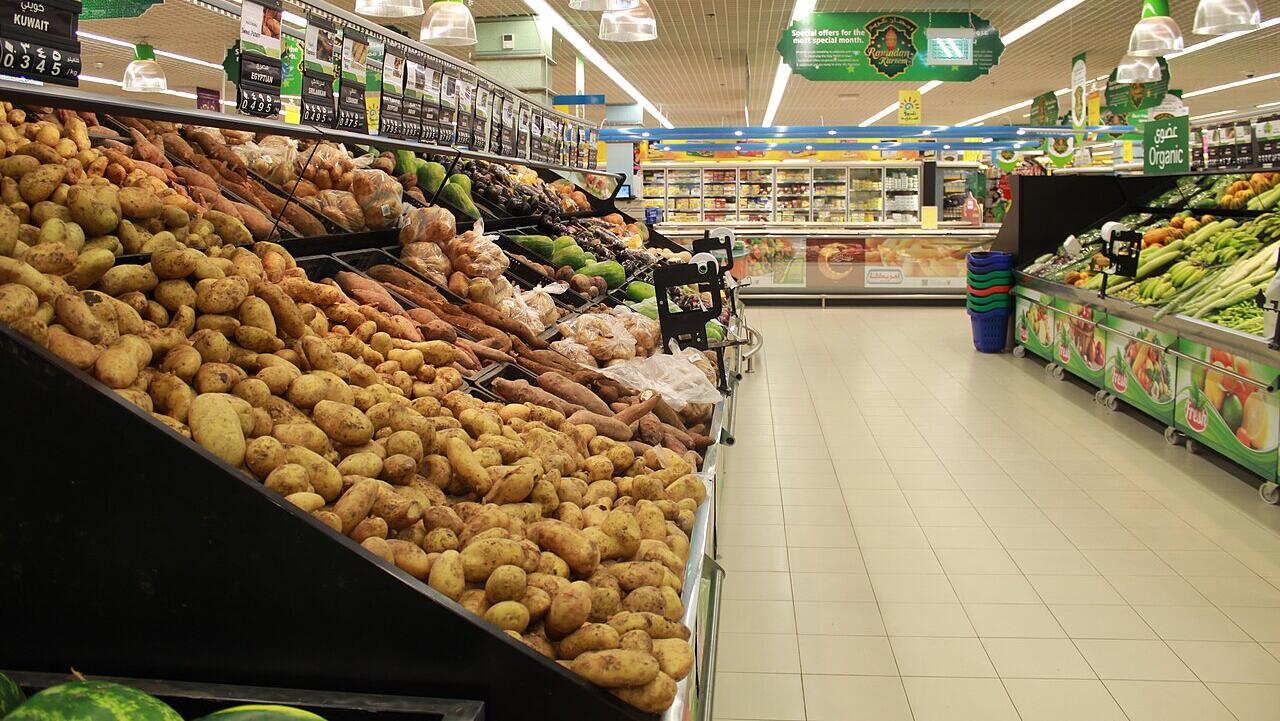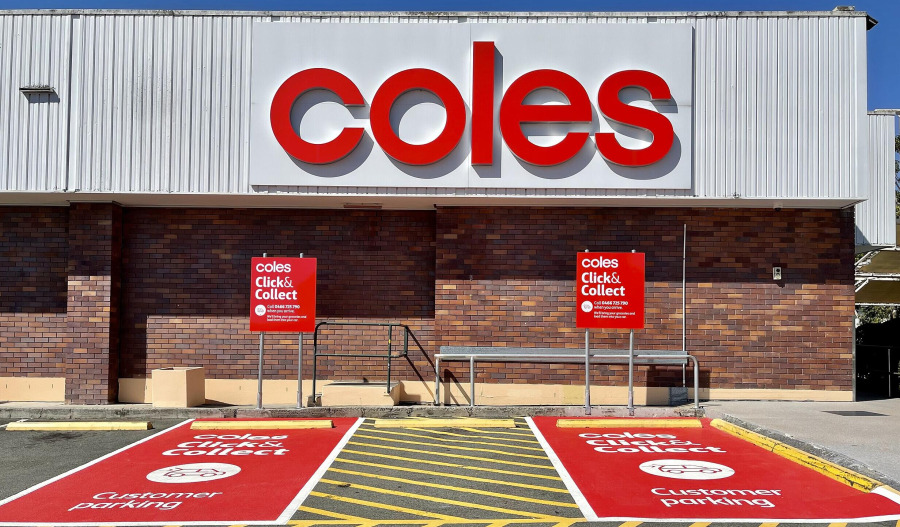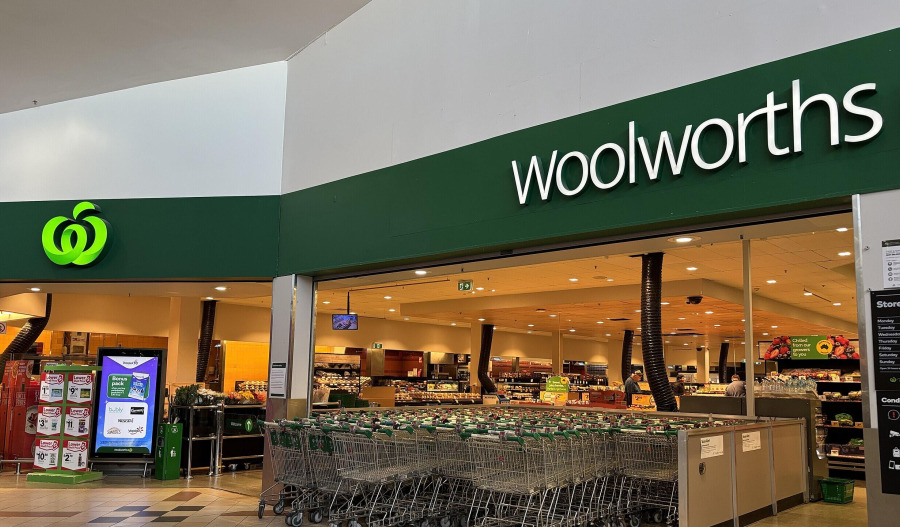Australian Prime Minister Anthony Albanese gave shareholders in the country’s two ASX-listed supermarket giants, Coles (ASX: COL) and Woolworths (ASX: WOW), a rude wake-up call after his recent political broadside that could crack open their cosy and longstanding duopoly over the sector.
With market shares of 38% and 29% respectively, Woolworths and Coles hold a collective market share of around 67% of total supermarket sales nationally.
However, that market share appears to be under threat due to both reputational damage and the potential entrée of new global players within Australia’s supermarket landscape.
On the nose with shoppers
In the wake of recent revelations that see Coles and Woolworths sharing equal top spot in Roy Morgan’s survey of Australia’s most distrusted brands, Albanese’s invitation to Indian-origin UAE billionaire Yusuff Ali to bring his LuLu Hypermarkets to Australia couldn’t have come at a worse time.
Albanese’s comments follow a review by the competition watchdog in March, which found there was "limited incentive" for Coles and Woolworths to compete on price because of their market dominance.
However, both Coles and Woolworths have denied accusations of price gouging.
What also bodes well for potential new market entrants like LuLu Hypermarkets is the knowledge that the most trusted brand in Roy Morgan’s June quarterly survey is a relative newcomer, German supermarket chain Aldi (9% market share).
Mounting political pressure
Albanese’s personal invitation to LuLu Group International to set up shop locally suggests there’s mounting political pressure to give Coles and Woolworths a run for their money.
But the Labor government is by no means alone in its call for greater competition within Australia’s $120 billion supermarket sector.
The Greens and Nationals both propose break-up powers that could be used as a last resort to force Coles and Woolworths to sell off parts of their business if they are found to be behaving uncompetitively.
However, consumer expert Nitika Garg at the University of New South Wales flags issues for LuLu entering the Australian market due to "land banking", where supermarkets strategically purchase sites to prevent competitors from setting up shop.
The ACCC previously found 165 blocks of land were potentially being hoarded by the major supermarkets, with two-thirds held by Woolworths, 42 by Coles and 13 by Aldi.
Never heard of LuLu Group International?
It’s a global retail empire with more than 260 hypermarkets and shopping malls across the Gulf, Asia, Europe, and the U.S., employing over 70,000 people from 46 nations and generating annual revenues exceeding US$8 billion (A$12.1 billion).
Given that LuLu Group International already sources directly from Australian farmers, including mango and orange growers, and Australian meat - often sold at a lower rate compared with some Aussie stores - the idea of the UAE retail chain trading locally seems to have mounting support.
Industry experts have been quick to speculate that the arrival of LuLu Group could spark a similar disruption to Aldi’s arrival in 2001 and give local shoppers new choices at the checkout.
While Germany’s Kaufland chain attempted to enter Australia a few years ago, it abandoned expansion plans in 2020 after reportedly investing as much as $500 million.
Why the tough love?
Neither Coles nor Woolworths has earned any kudos with consumers following the release of Choice’s latest grocery survey, which shows Aldi was significantly cheaper for a basket of home-brand goods than either of the top two supermarket chains.
“When we compared home-brand baskets without specials, Aldi was the cheapest at $20.08. They were followed by Coles at $21.30, Woolworths at $21.40, and IGA at $23.89. When including specials, prices stayed the same everywhere except IGA, where it fell by five cents to $23.84,” said Choice editorial director Mark Serrels.
Coles recent performance
While both supermarket chains are suffering from a 30% fall in tobacco sales due to the abundance of illegal tobacco retailers, a glaring divergence in sales momentum from FY25 into FY26 highlights Coles’ superior execution, while Woolworths appears to be floundering.
While the FY25 results for each company were largely in line with consensus forecasts, it was these first-eight-week numbers, and respective FY26 outlooks, that saw Coles and Woolworths shares start heading in opposite directions.
Since 30 June, Coles’ share price has jumped from $20.84 to $23.08, while Woolworths’ share price has tumbled from $31.11 to $26.52.
What prompted Morgans to flag green shoots in renewed sentiment for Coles was a solid uplift in its supermarket margins (up 23bp to 5.3%), which the researcher is attributing to improved loss (shoplifting) performance, strategic sourcing benefits, $327 million in “Simplify & Save to Invest” cost savings.
Then there’s greater efficiency from the automated distribution centres (ADCs), and growth in what Coles calls its 360 retail media income, which combines the power of customer, media and partner connections to offer brands a one-stop media solution.
Company commentary also suggests that these major projects are driving strong improvements to its operational performance, while Ord Minnett expects further gains to come from these initiatives once fully implemented.
Woolworths recent performance
While there are no specific comparisons, the consensus amongst is that Woolworths lost market share to Coles in FY25.
Following on from limited insight into Woolworths’ FY25 performance, Macquarie notes a lack of short-term strategy to address current performance issues.
Management claims that customers "love Woolworths” based on an improving Net Promoter Score (NPS) - a market research metric that asks respondents to rate their willingness to recommend it to a friend or colleague – but there are insufficient signs this is translating into profitable sales.
Macquarie notes cross-shopping is “huge” in grocery retail, with data suggesting 31% of Woolworths customers also shop at Coles and 11% also shop at Aldi, while 38% of Coles shoppers shop at Woolworths.
The broker also notes that while customers are still in-store and claim they “love” Woolworths, “cross-shopping is growing”.
Macquarie suspects the percentage of Coles shoppers also shopping at Woolworths is dropping.
While these are subtle behavioural changes, Macquarie suspects the impacts are materially larger.
Meanwhile, Morgan Stanley suspects a sequential decline in comparable sales in the June quarter and in the trading update, points to an ongoing customer perception problem at Woolworths.
Morgans also notes that cost inflation, price investment, stock loss (shoplifting) increases, and a negative sales mix - from customers trading down into own brand and shopping more on promotions – all took their toll on Woolworths’ earnings.
Industrial action and incremental supply chain costs were also headwinds, with the earnings margin falling 80bp to 5.4%.
Despite early signs that Woolworths’ NPS is improving, Citi suggests it could take at least another year to get back to where it was prior to the issues it encountered in 2024.
What was clearly evident from Woolworths’ FY25 result, adds Jarden, is the need to get back to basics and adopt a true customer-led approach by leveraging its market-leading supply chain, format and data capabilities.
Coles has a market cap of $30.9 billion; the share price is up 29% in one year and down 4% in the last month.
The stock appears to be in a long-term uptrend confirmed by multiple indicators.
Consensus is Moderate Buy.
Woolworths has a market cap of $32.5 billion; the share price is down 19% in one year and down 7% in the last month.
The stock shares appear to be in a long-term bearish trend, confirmed by multiple indicators.
Consensus is Hold.
This article does not constitute financial or product advice. You should consider independent advice before making financial decisions.



